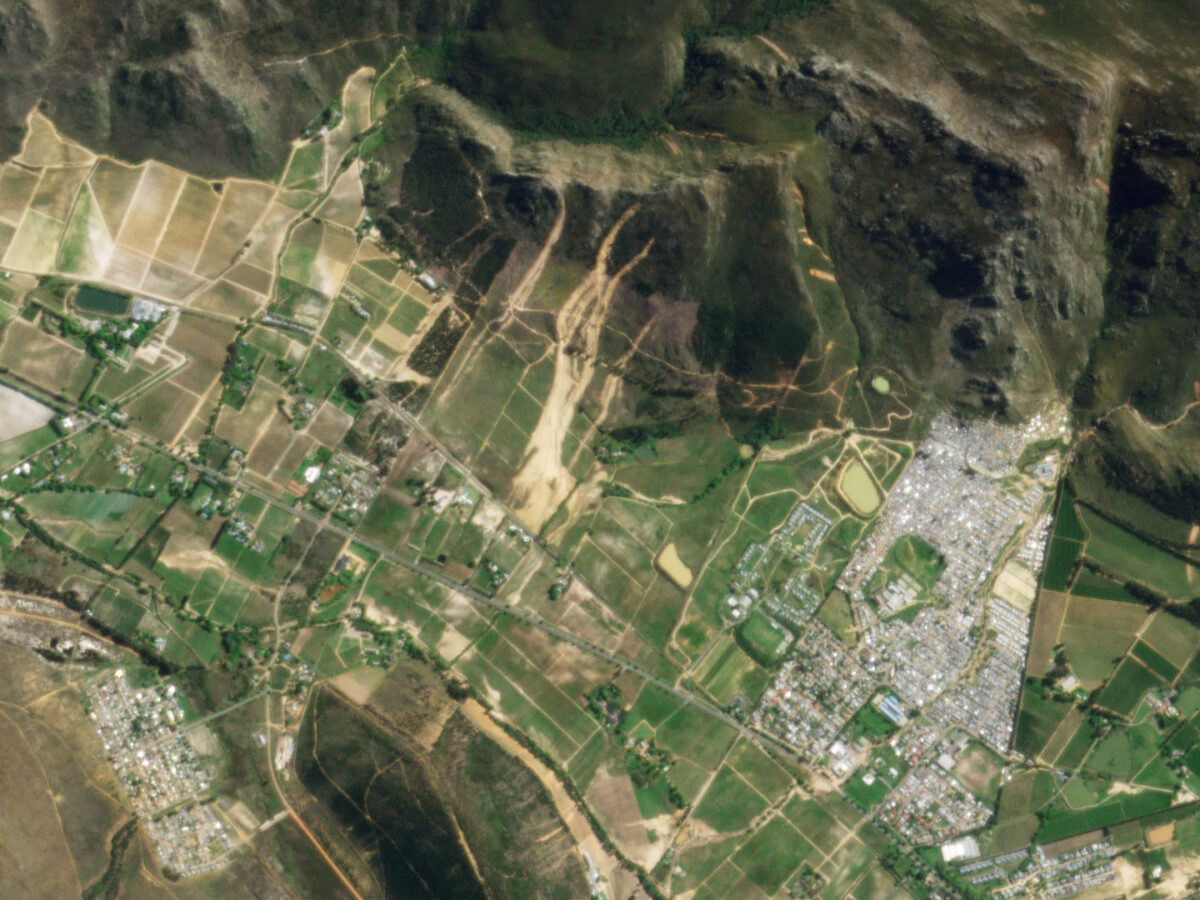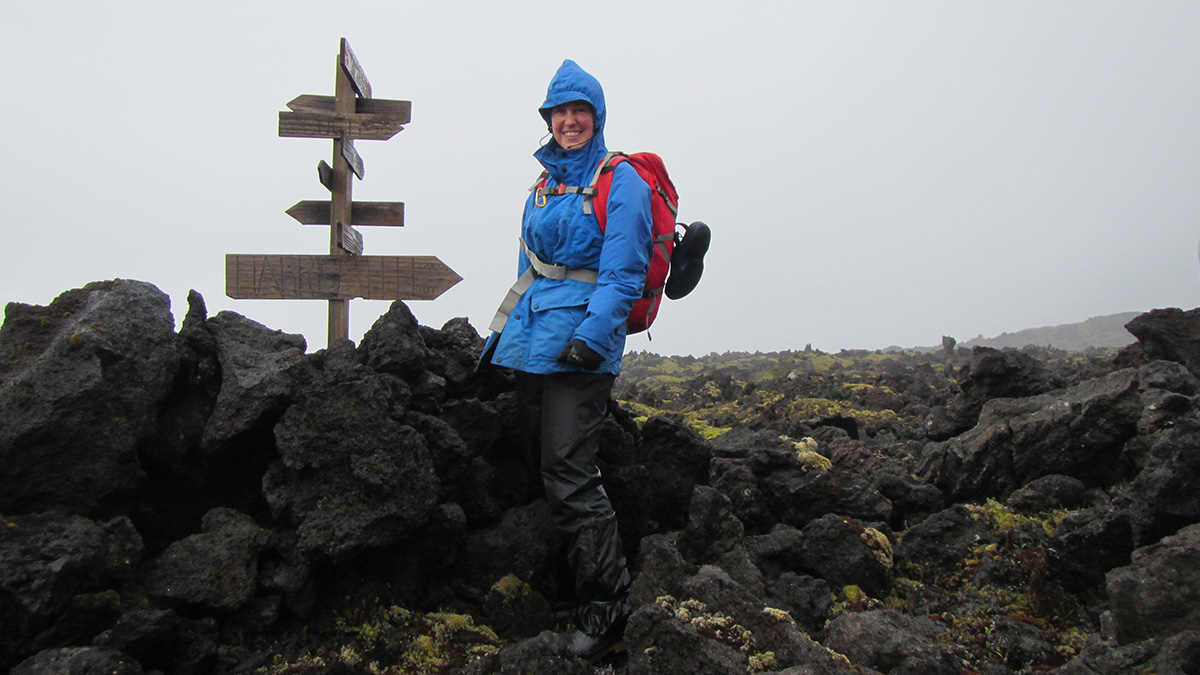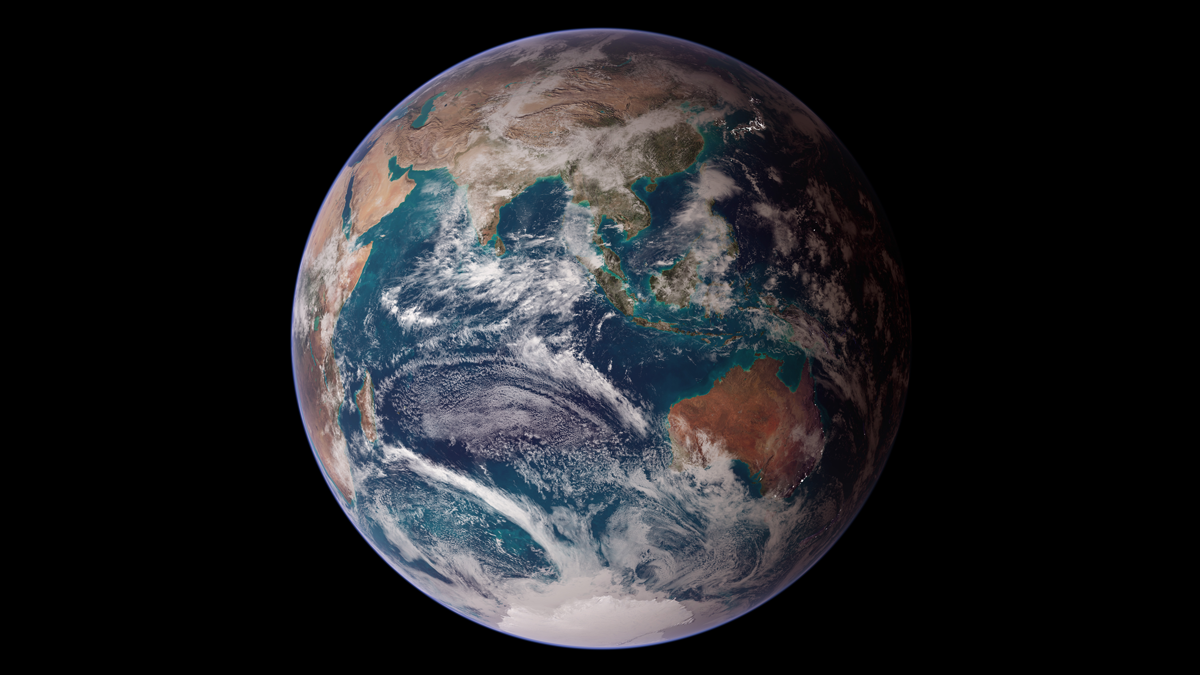Ancient humans possessed sophisticated knowledge of the properties of the stones they used to make tools.
South Africa
Ostrich Eggshells Trace Namaqualand’s Ancient Rain
The plant-based nitrogen eaten by ostriches and stored in their eggshells was measured by researchers 20,000 years later.
Planet Labs images of the landslides at Franschhoek in South Africa
The Landslide Blog is written by Dave Petley, who is widely recognized as a world leader in the study and management of landslides. Last week, I featured a set of landslides that were triggered by heavy rainfall at Franschhoek in South Africa on 23 – 24 September 2023. My good and very kind friends at […]
Franschhoek: an interesting set of landslides in South Africa
Franschhoek: 299 mm of rainfall deposited by a large storm has triggered an interesting set of landslides in South Africa
Evidence of Earth’s Oldest Glaciers Found in South Africa
The ancient glaciers hint at an Archaean Earth that may have looked similar in some ways to our own time.
Supersized Potholes Discovered off South African Coast
Curious circular pits off South Africa’s Eastern Cape coast are larger than any similar feature previously recorded. Their origin remains a morphological mystery.
Geospatial Database for the Prince Edward Islands
South African scientists map uninhabited islands in the Southern Ocean.
Satellites Help Cement South Africa’s Space Industry
A trio of CubeSats allows South Africa to showcase its growing space industry as well as monitor its coastal zones.
With MeerKAT, Astronomers Peer at the Possibilities of Radio Imaging
Stunning images of the center of the Milky Way showcase technology and techniques that may be a starting point for more discoveries.
An Indian Ocean Network to Keep Track of Climate
Until this decade, the Indian Ocean was not well monitored. Today, the Indian Ocean Observing System helps with both weather monitoring and climate modeling.









